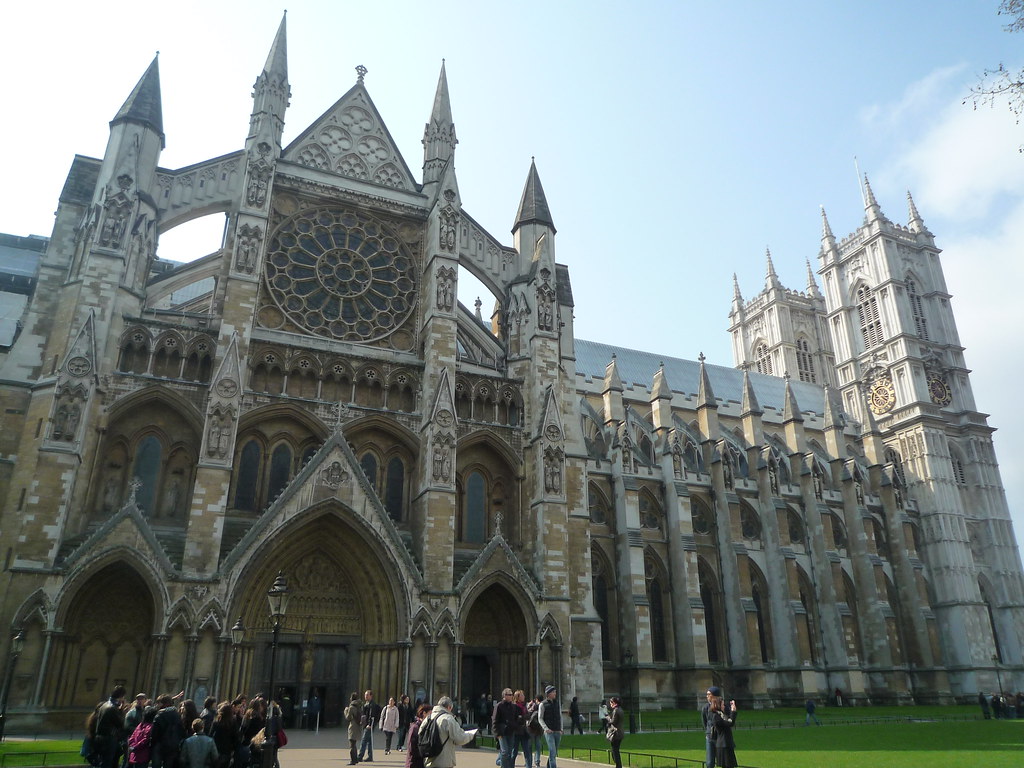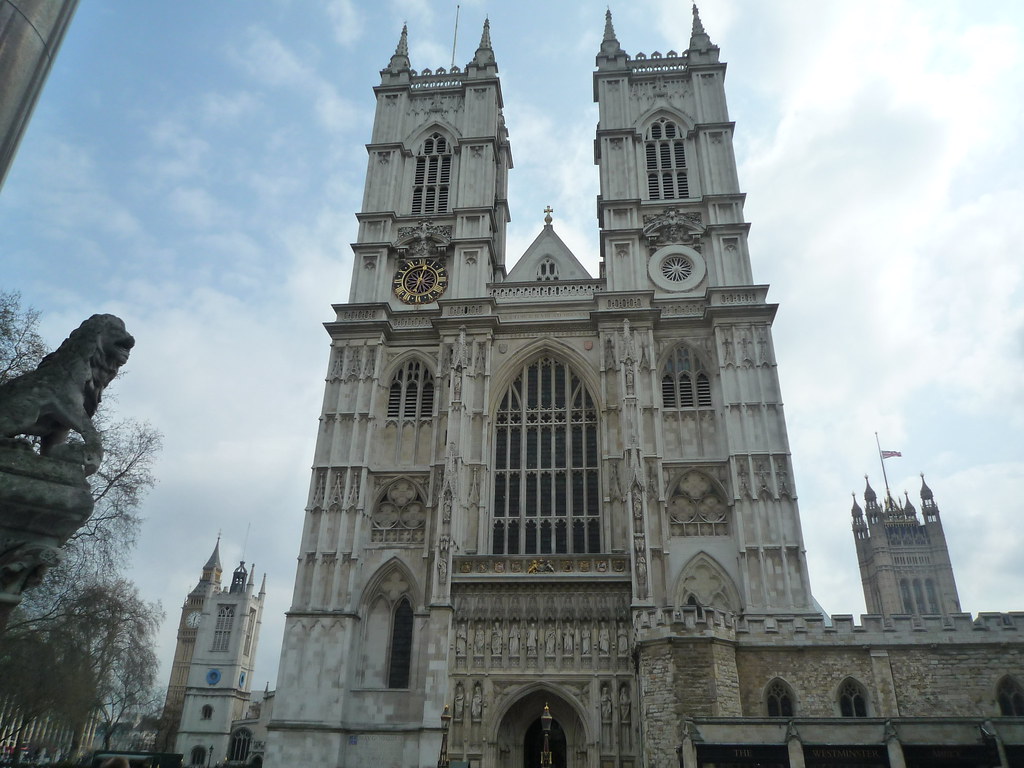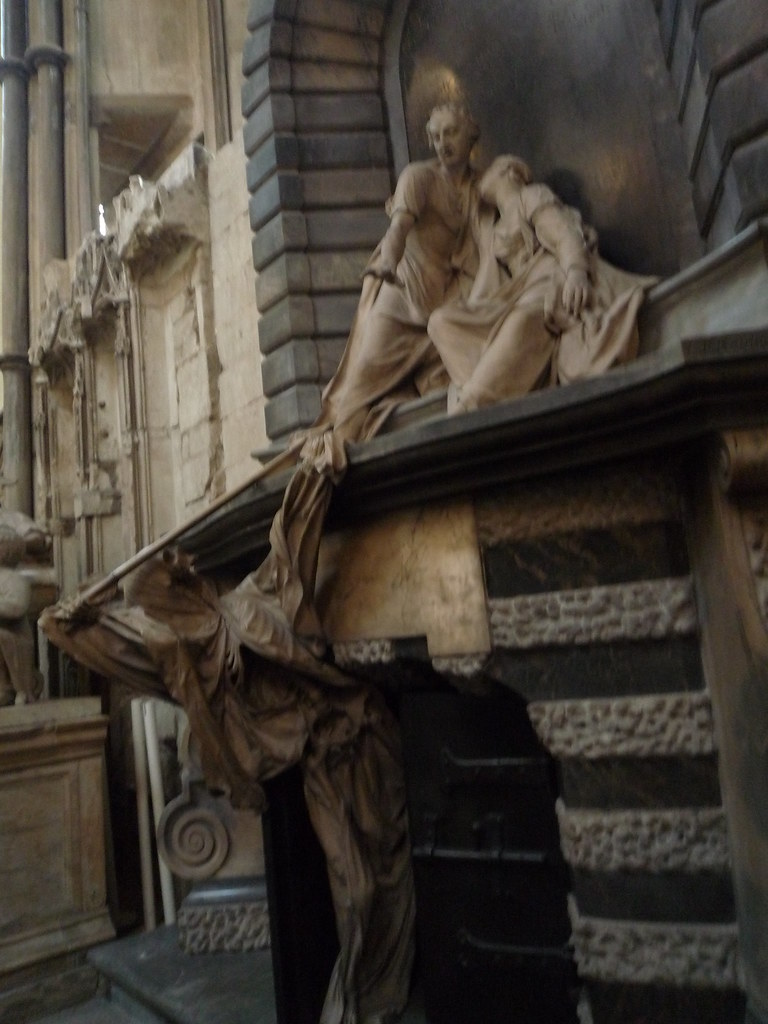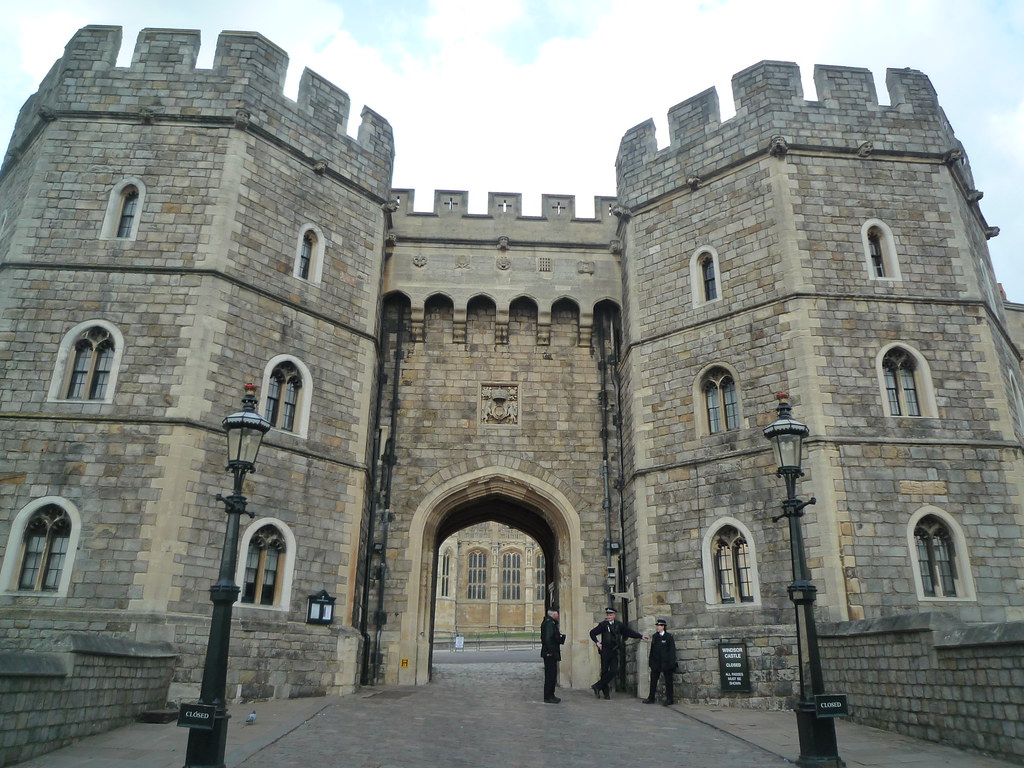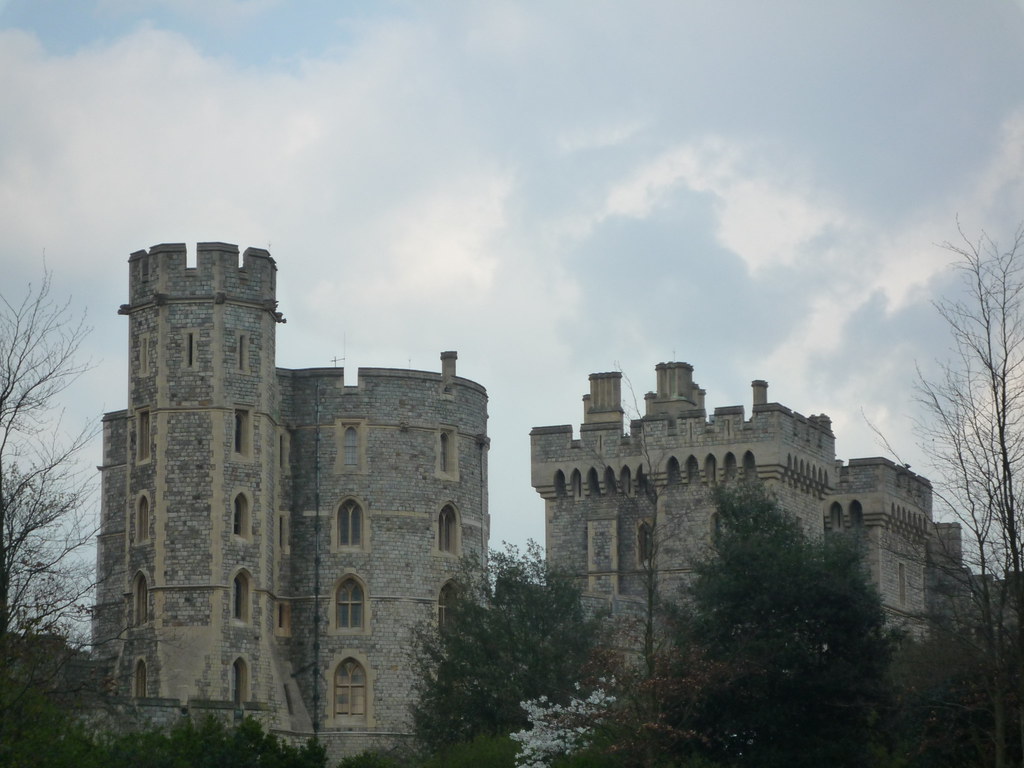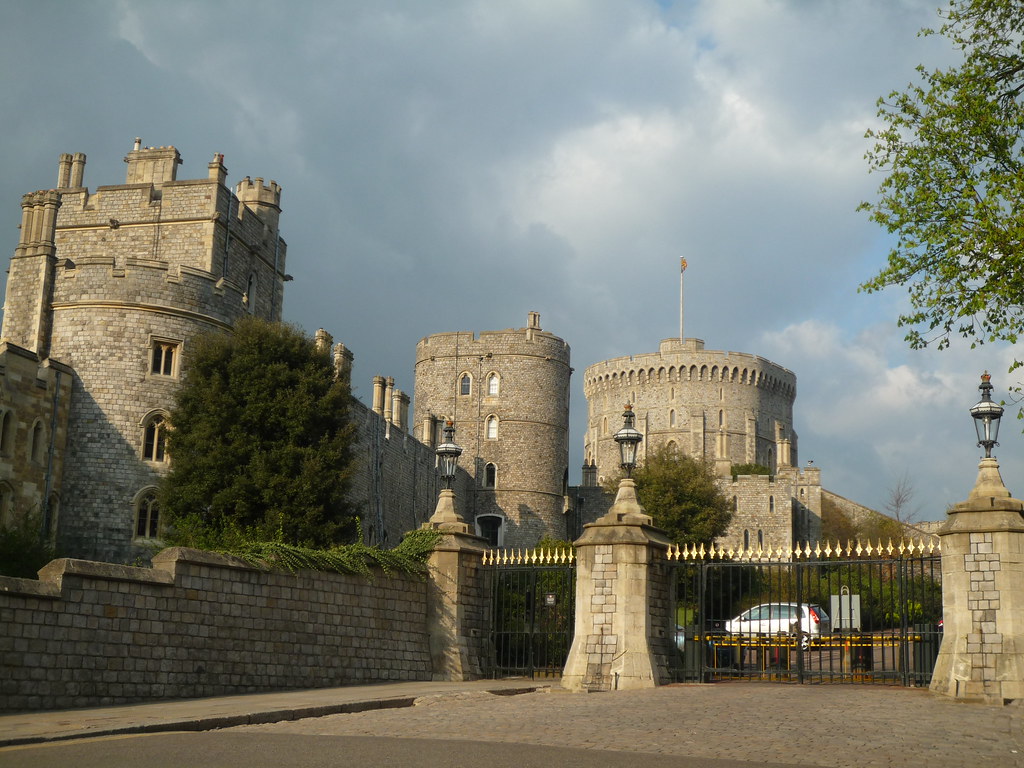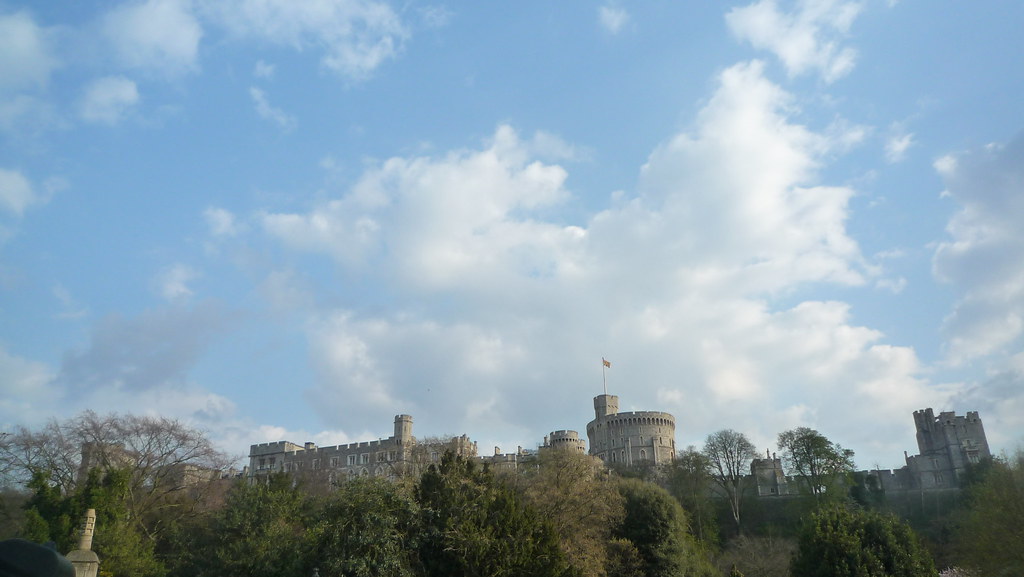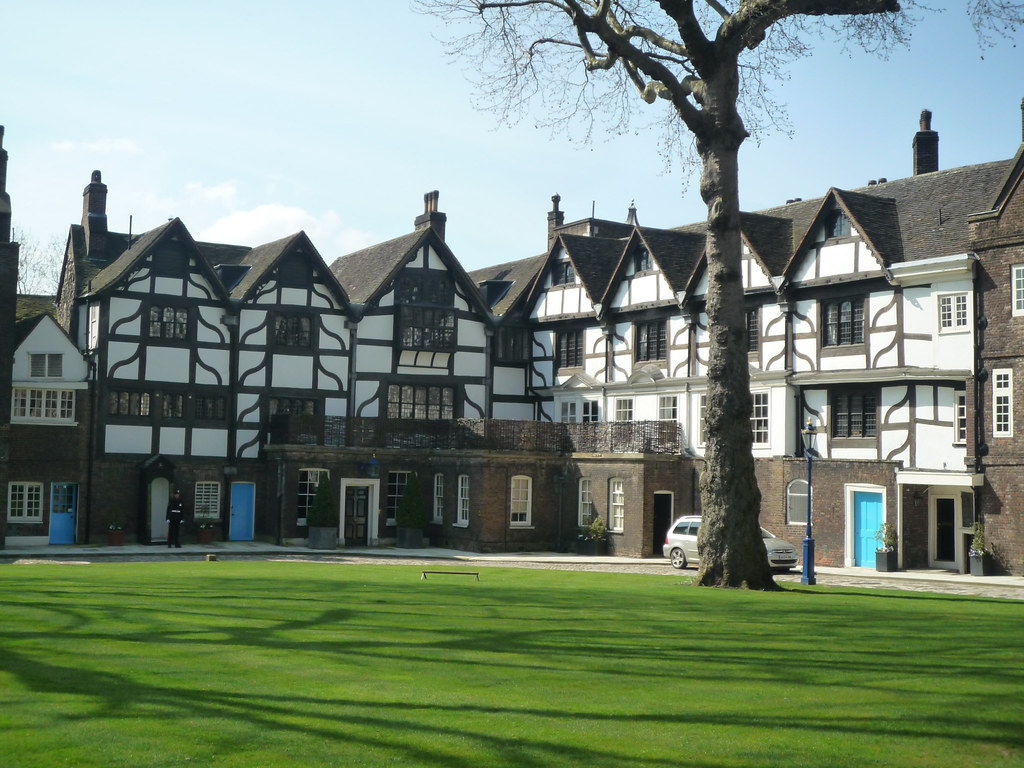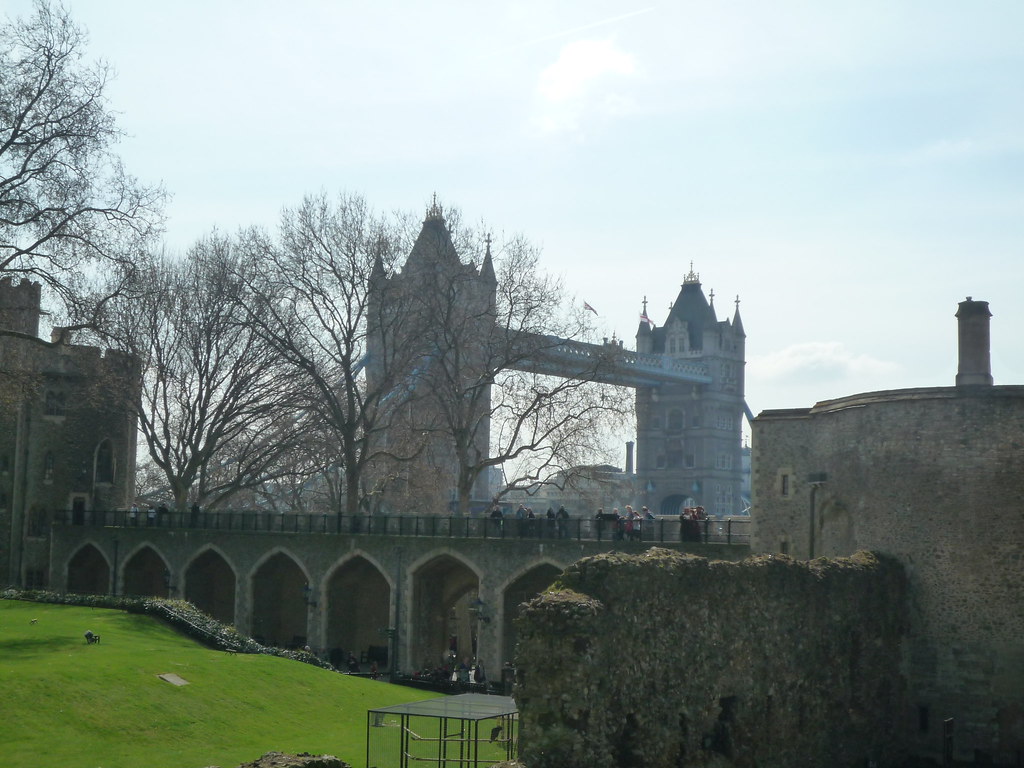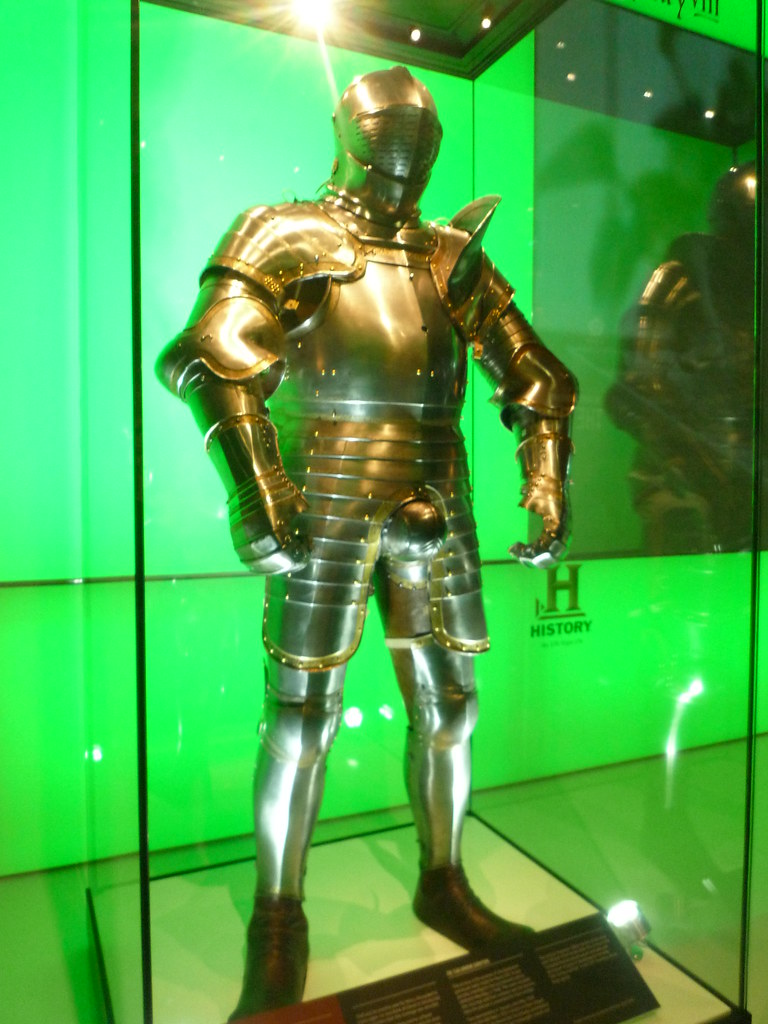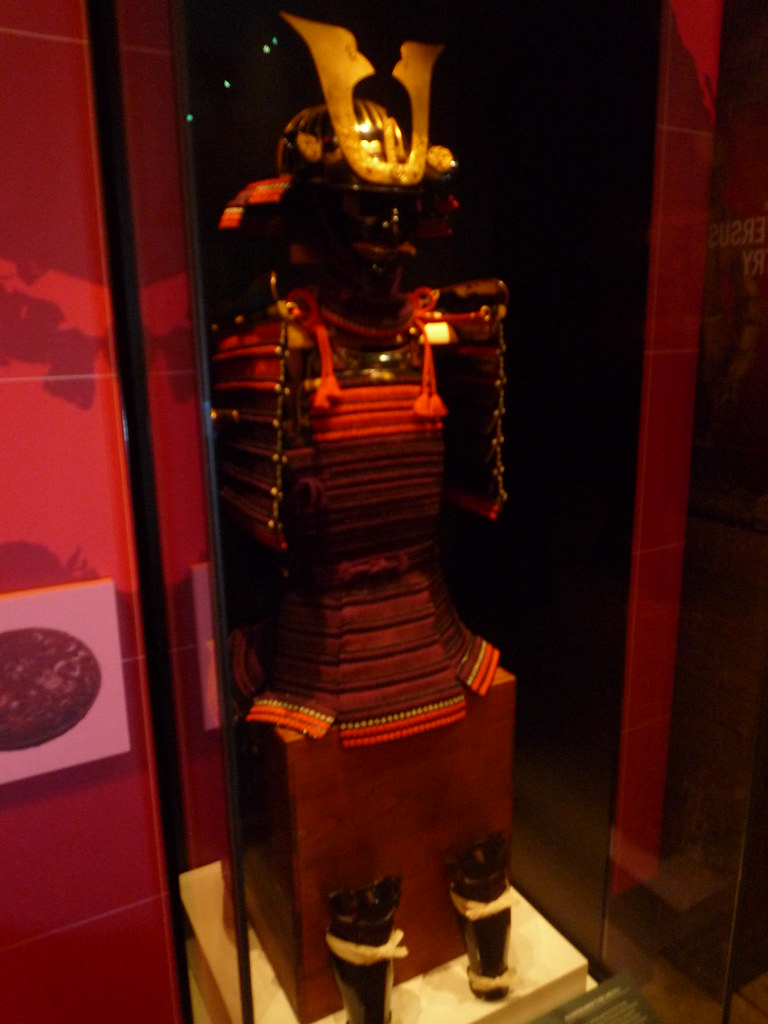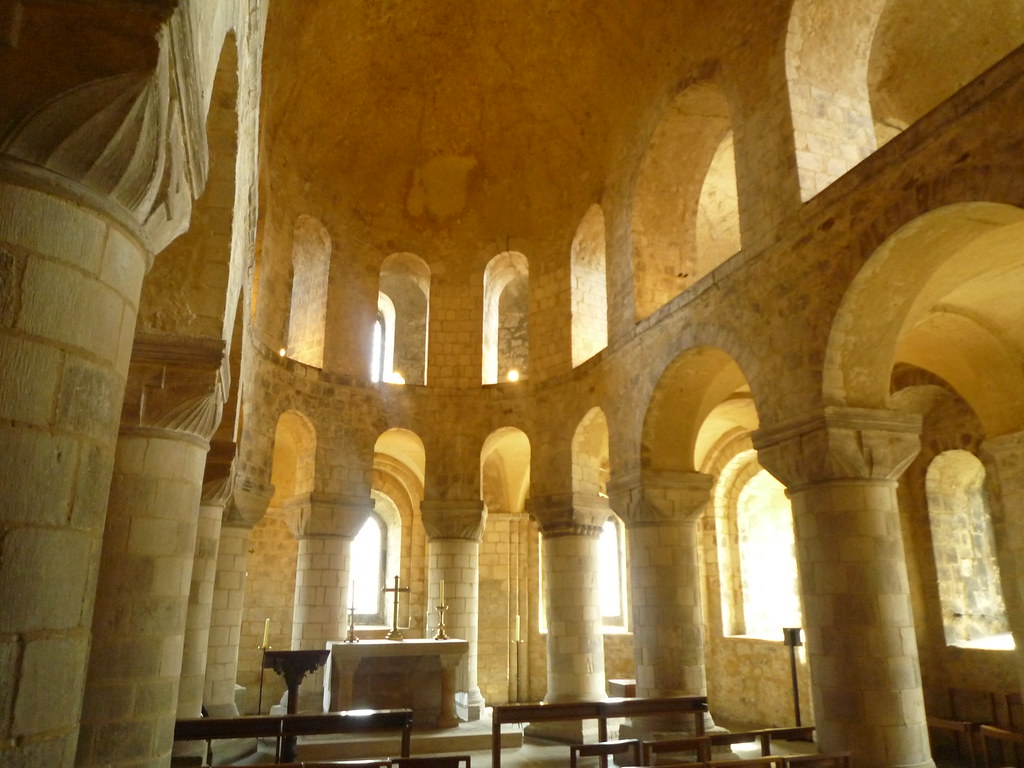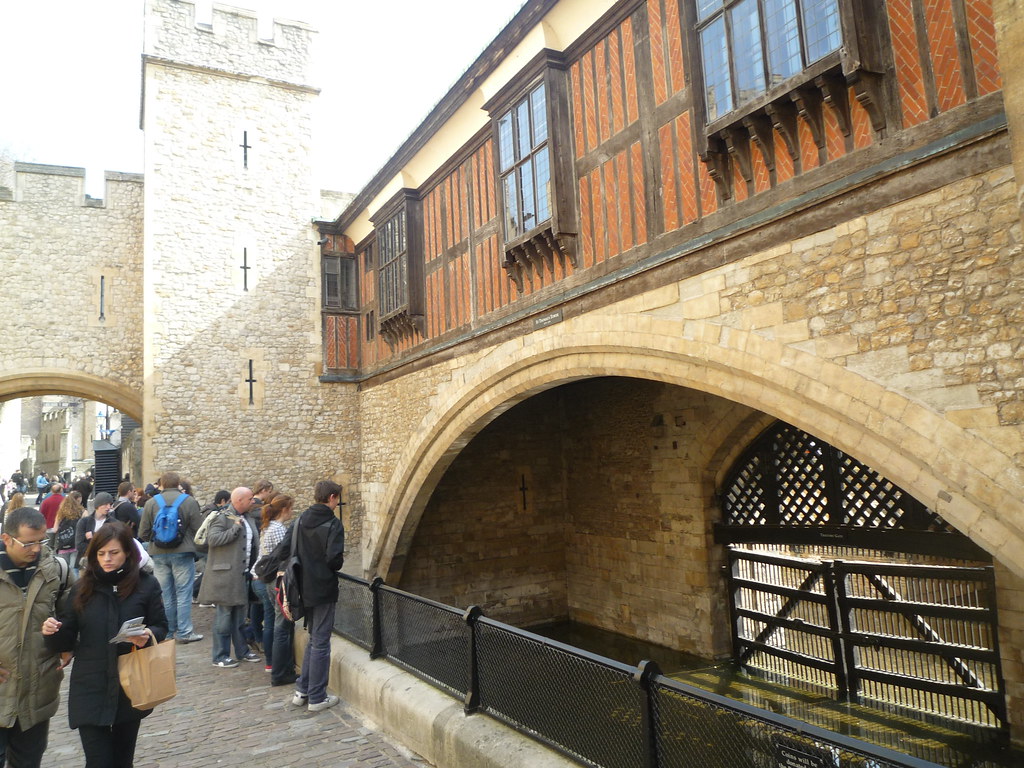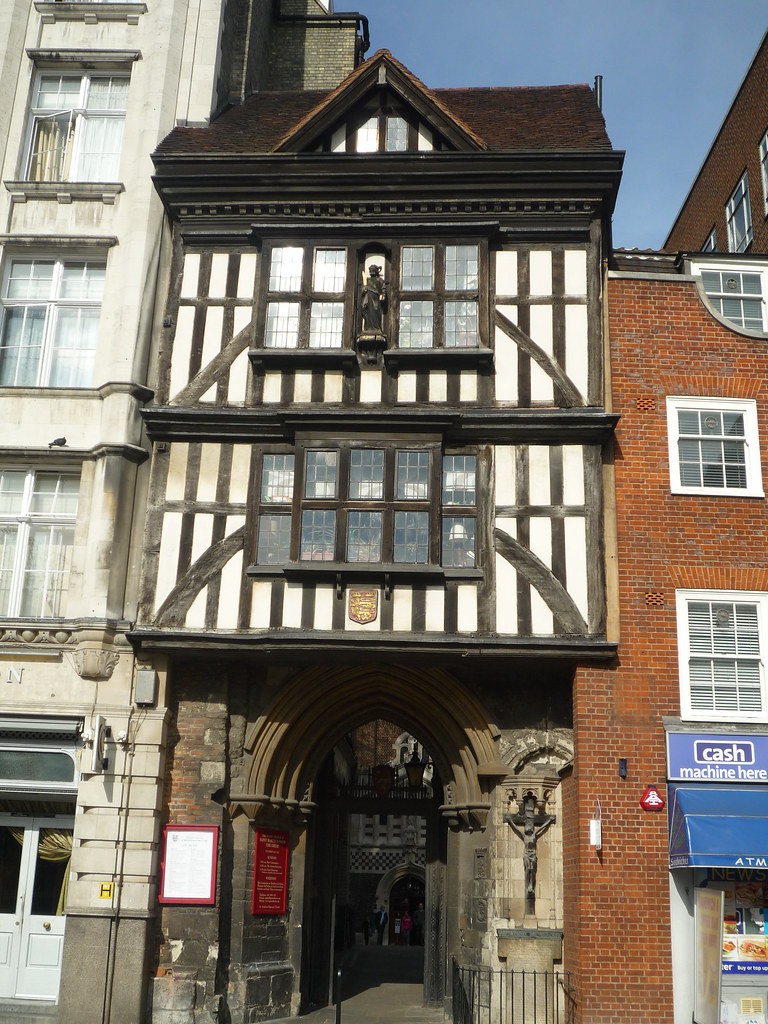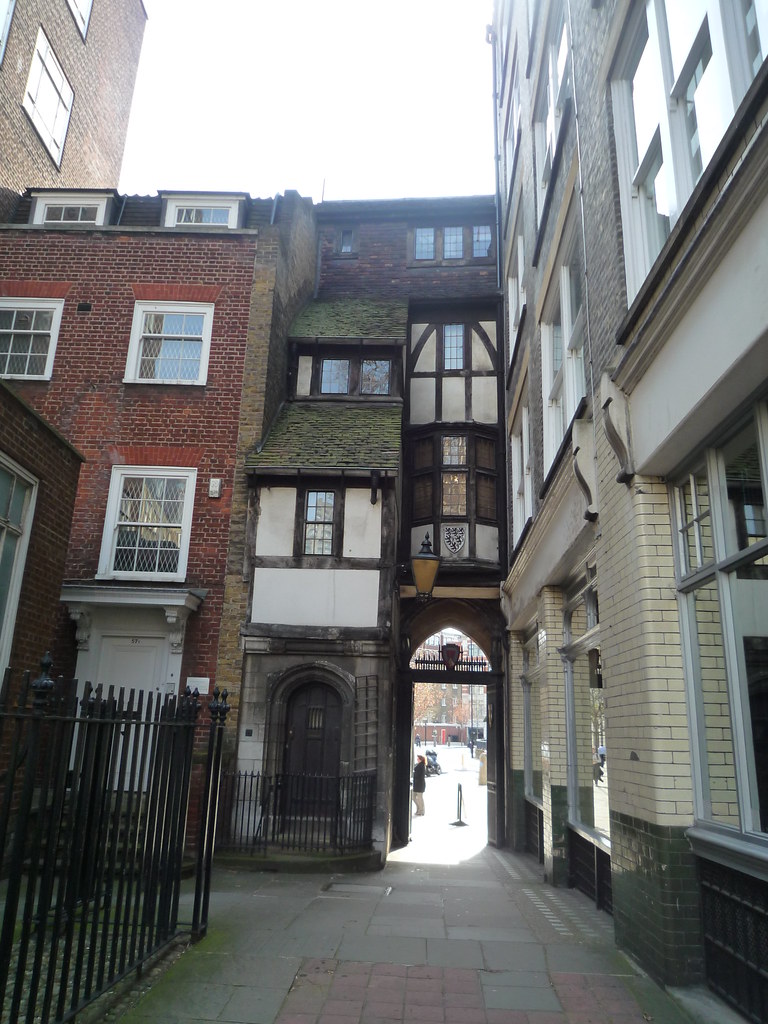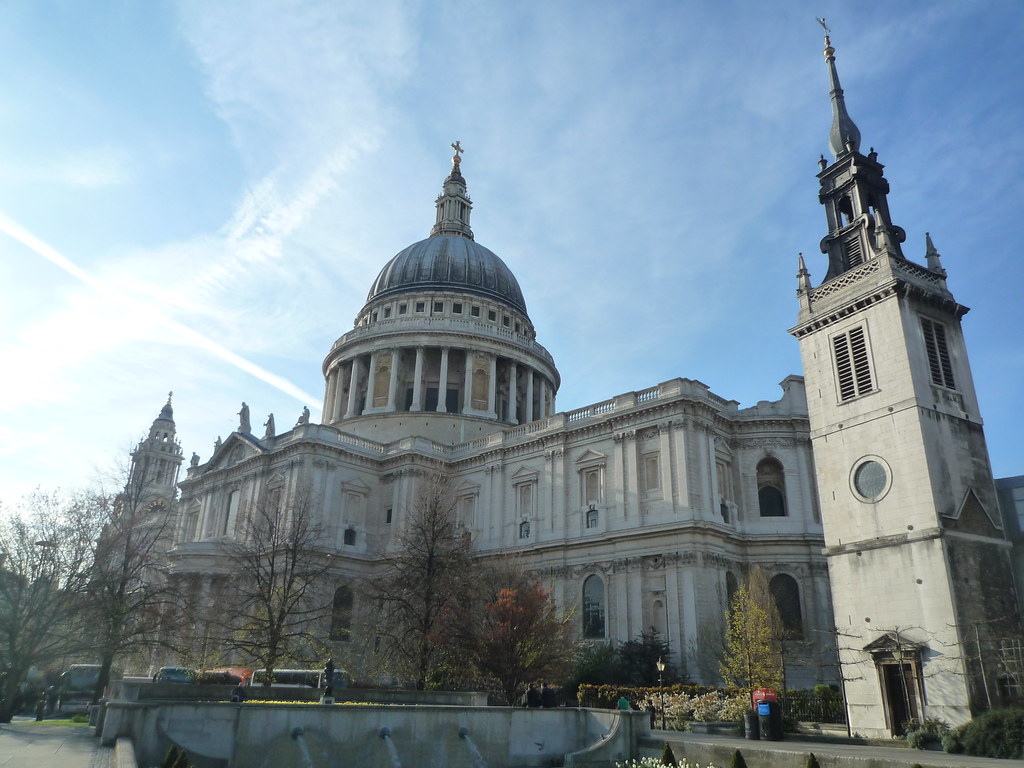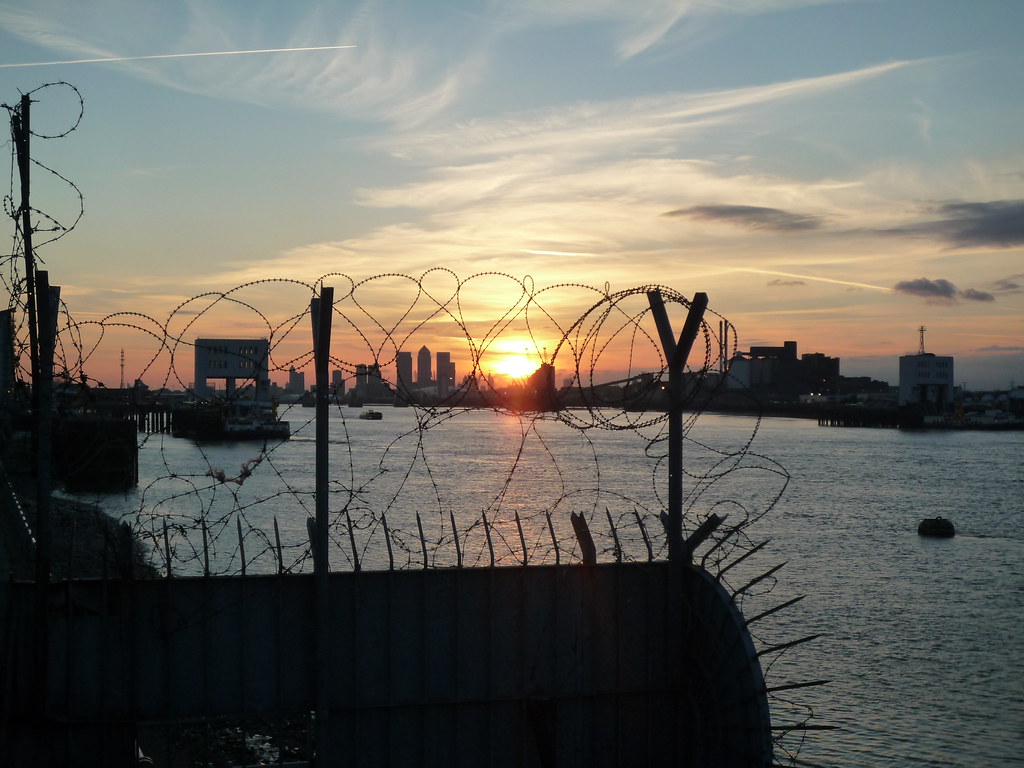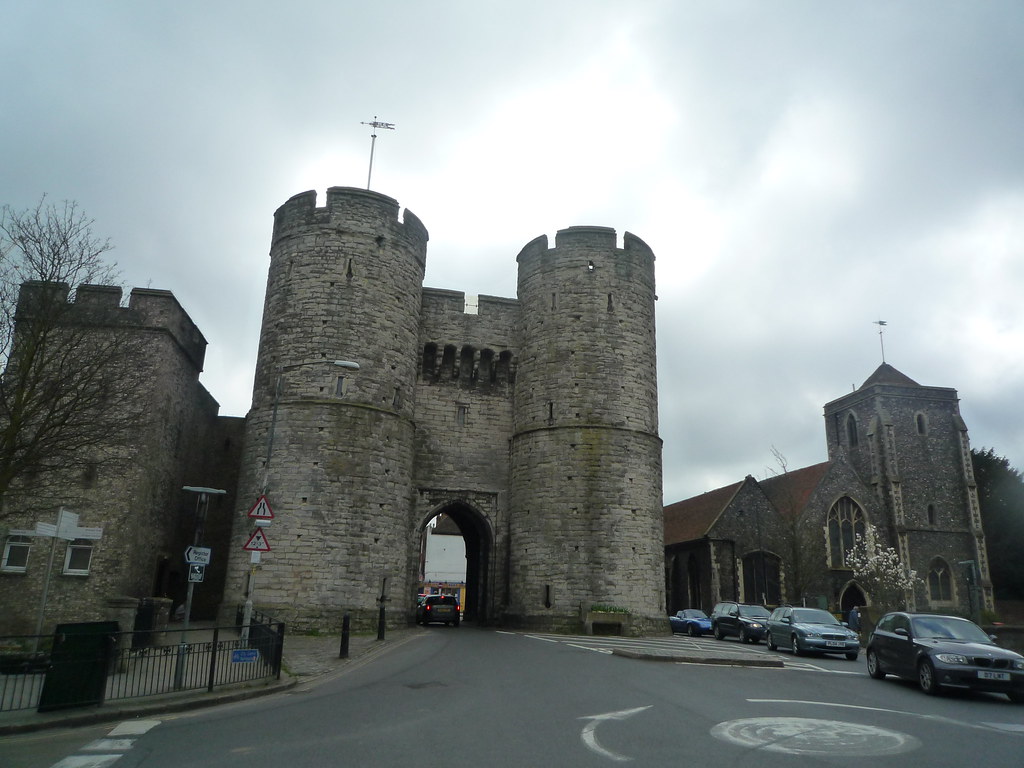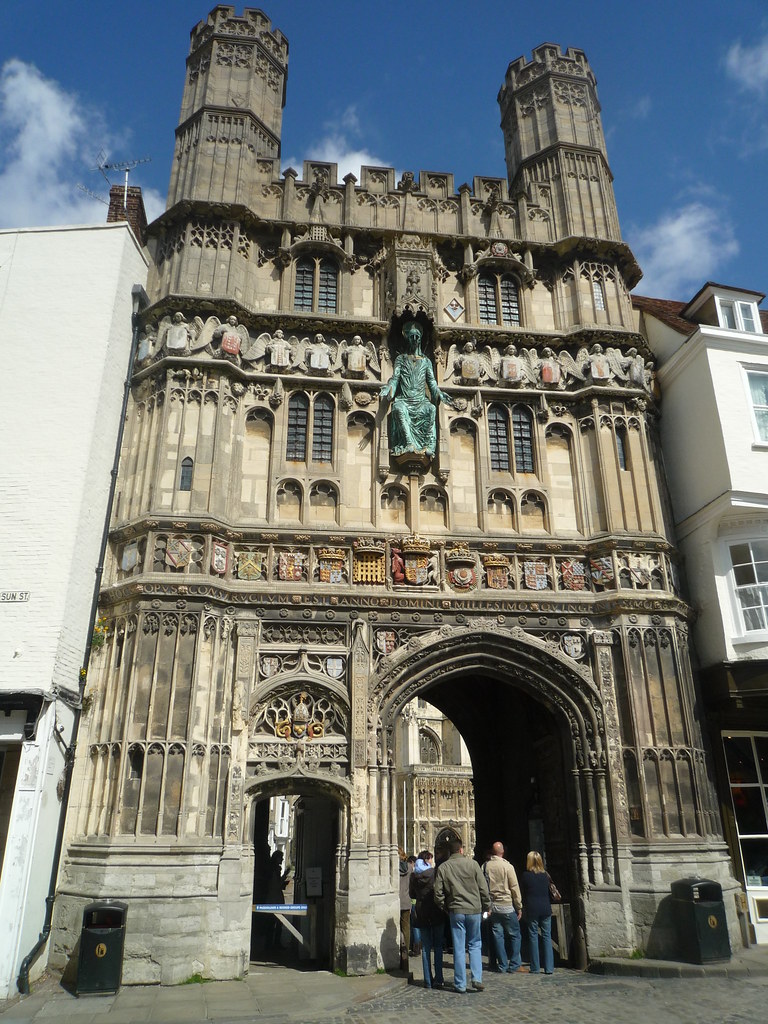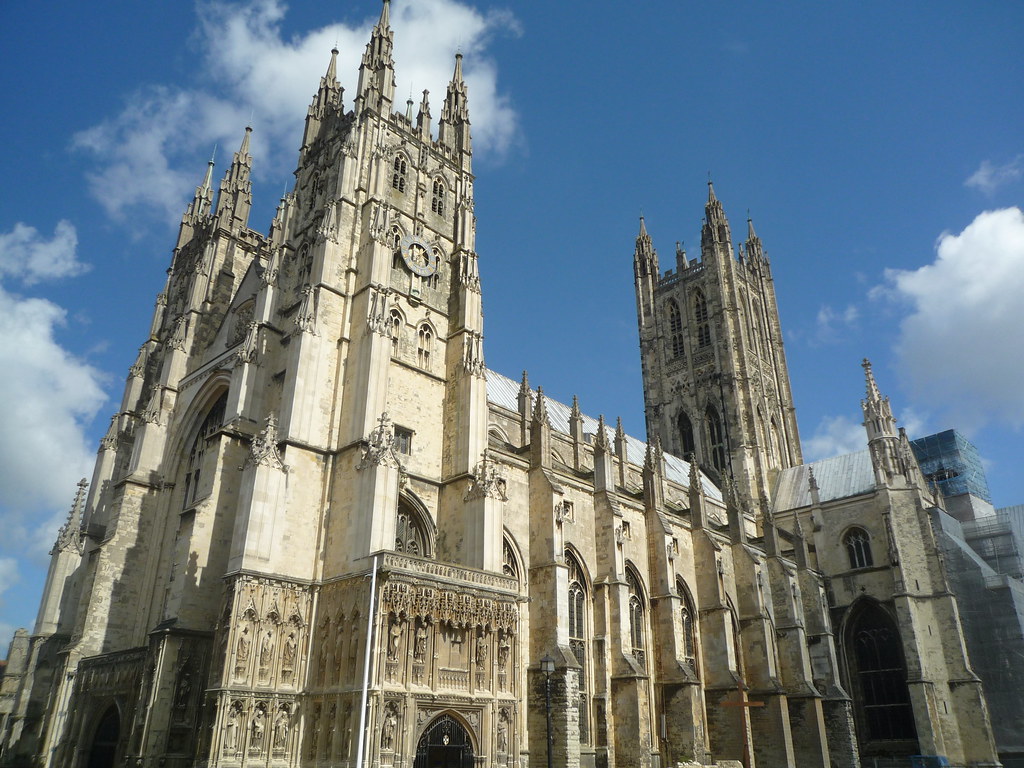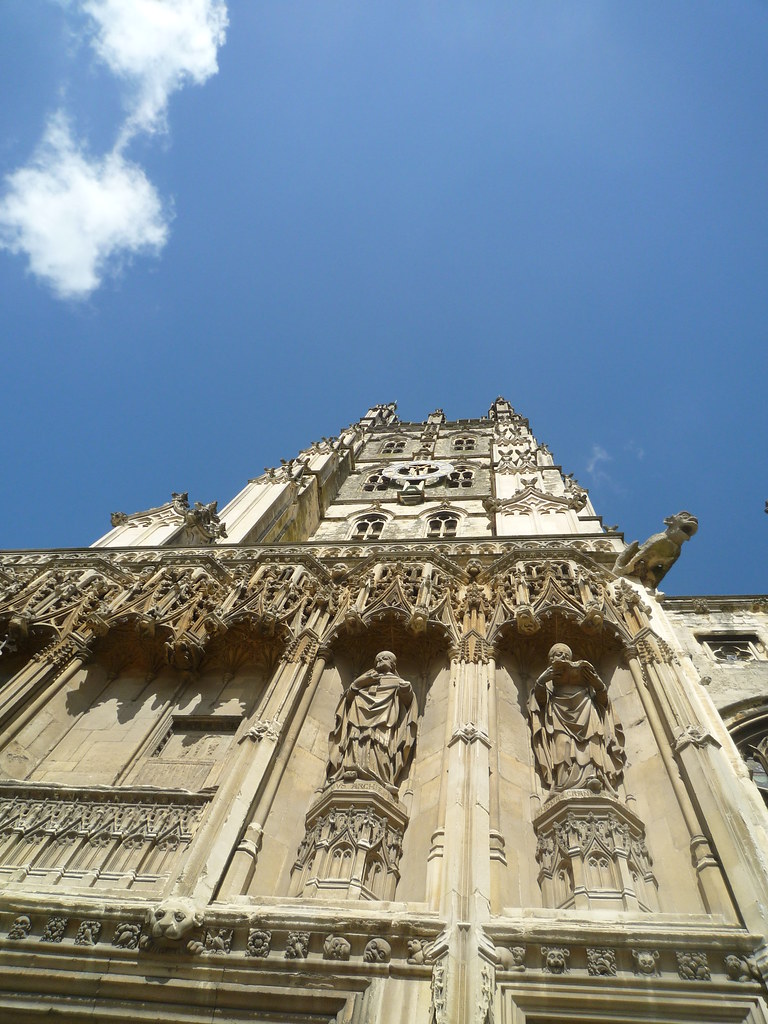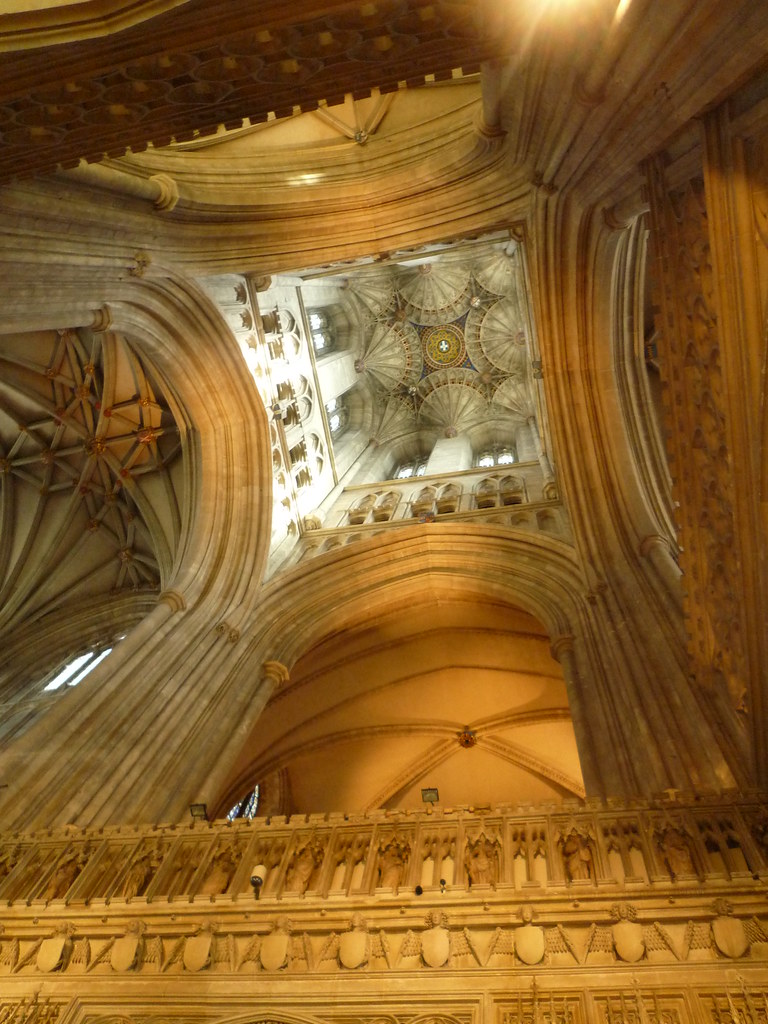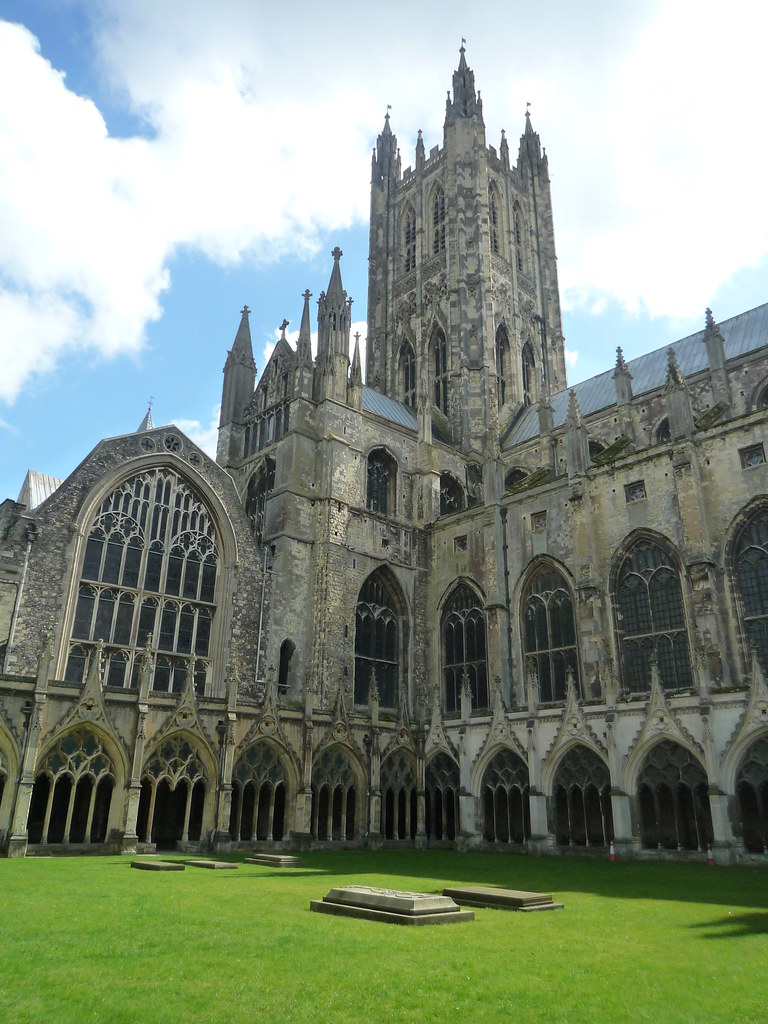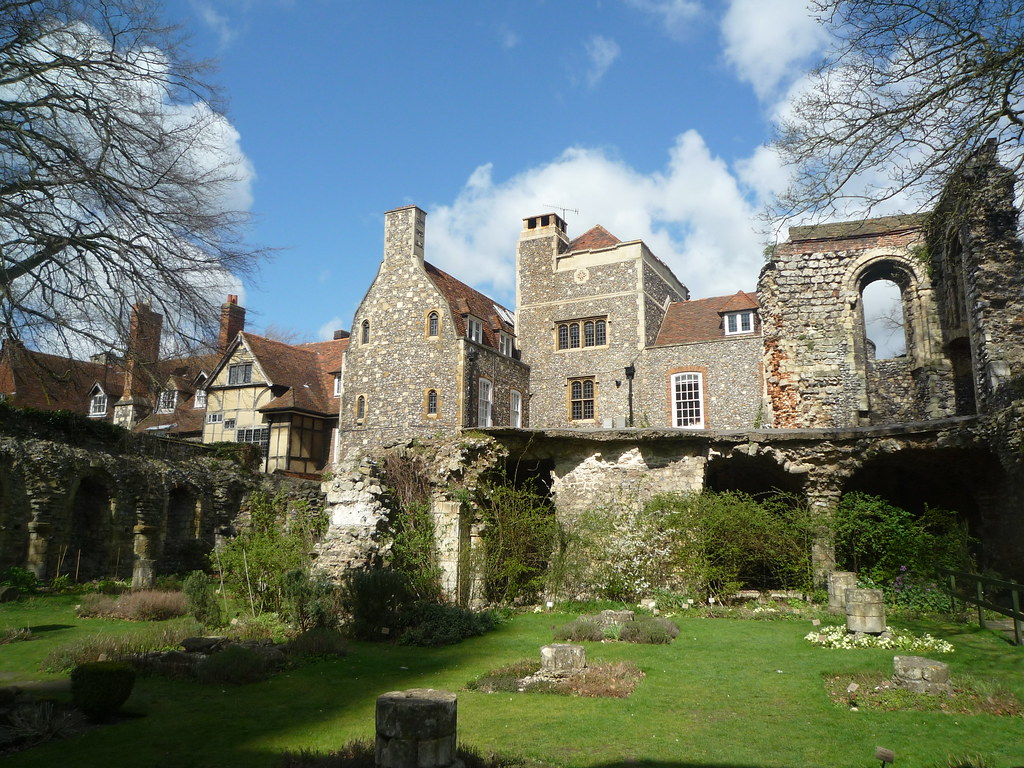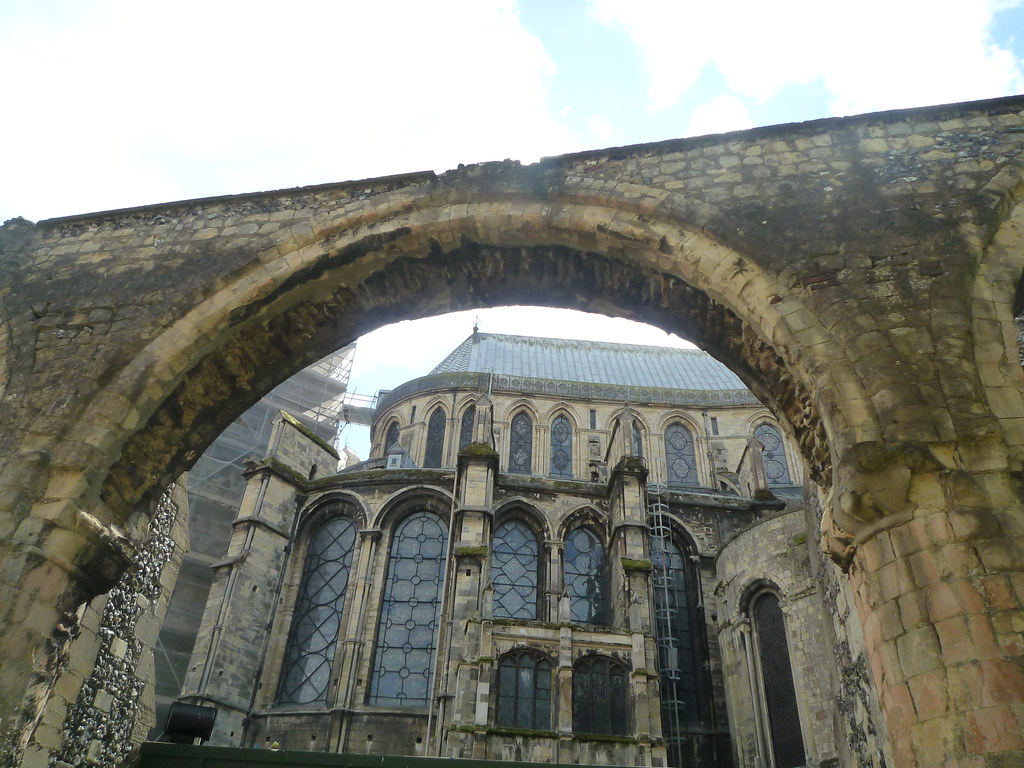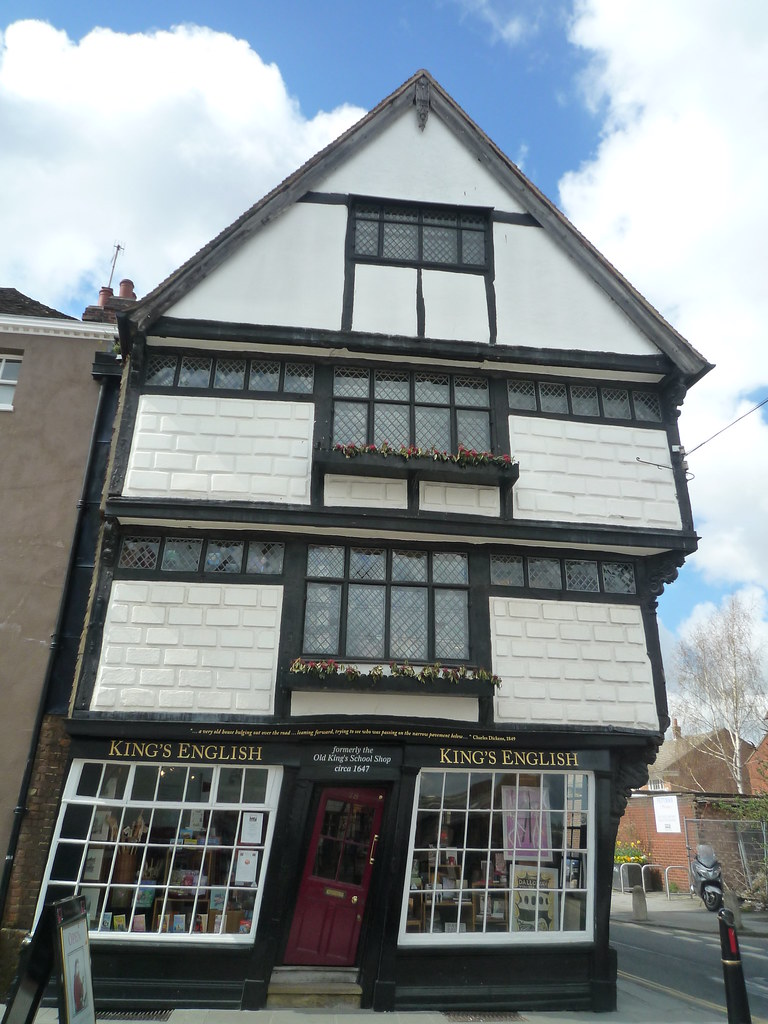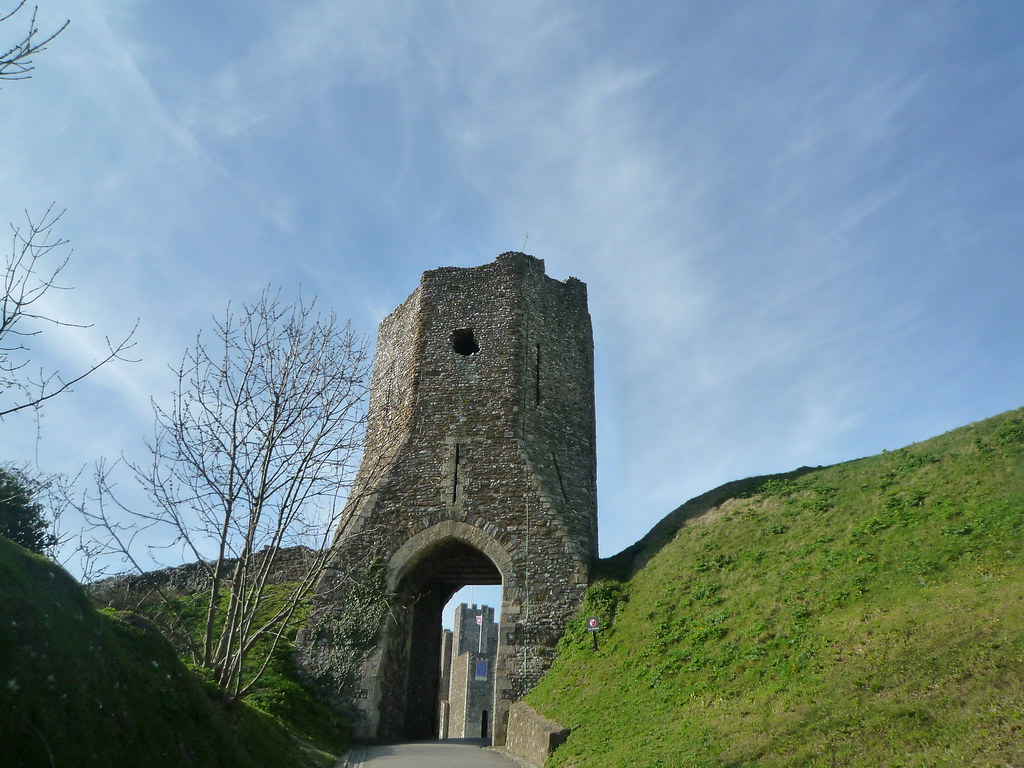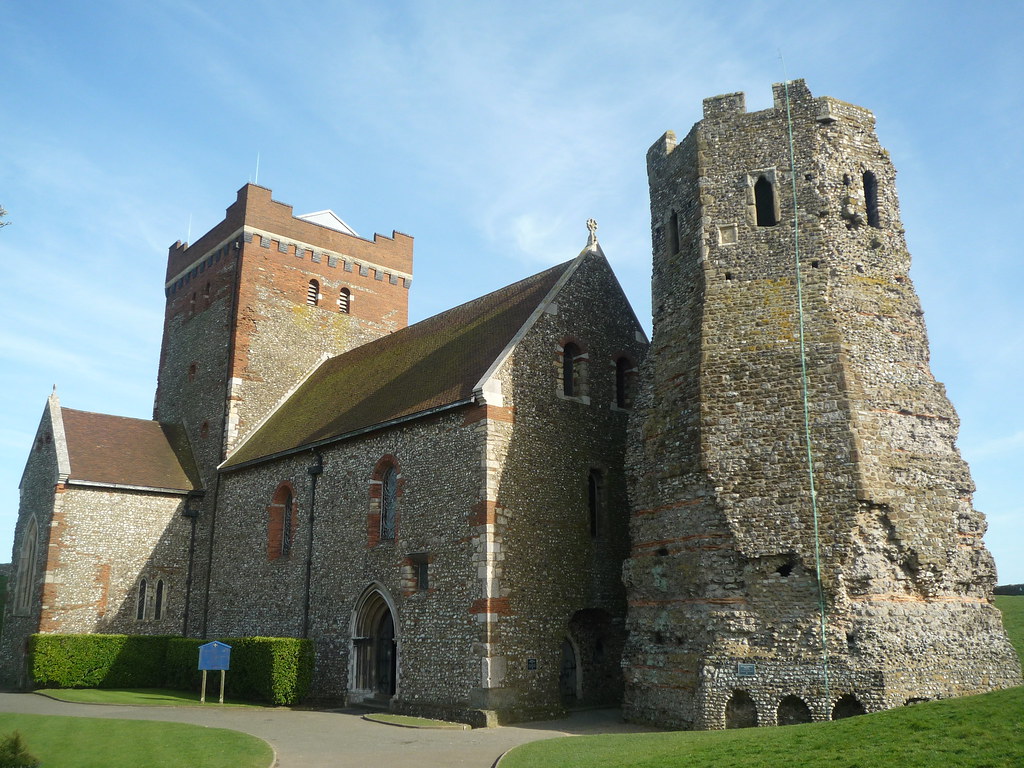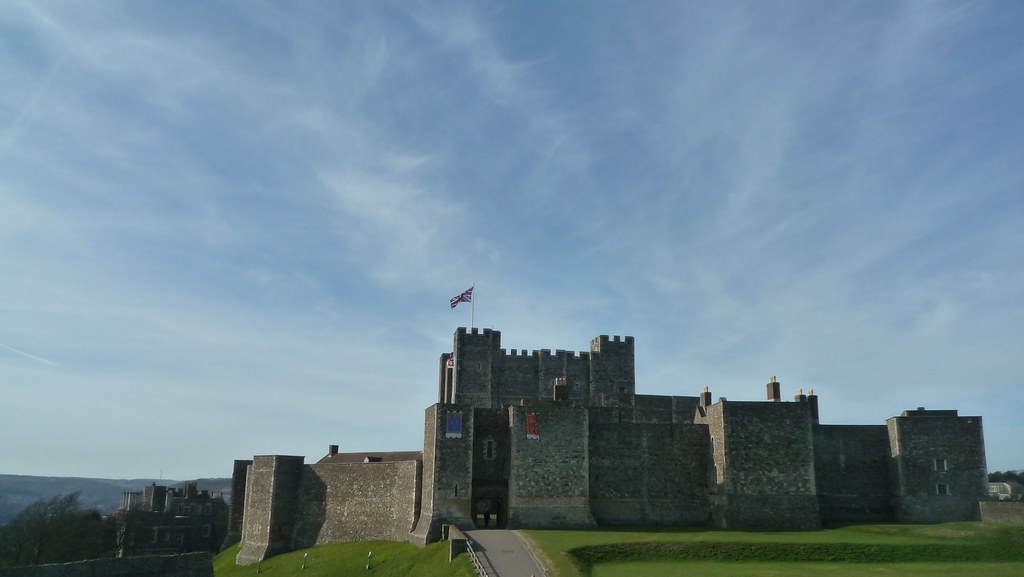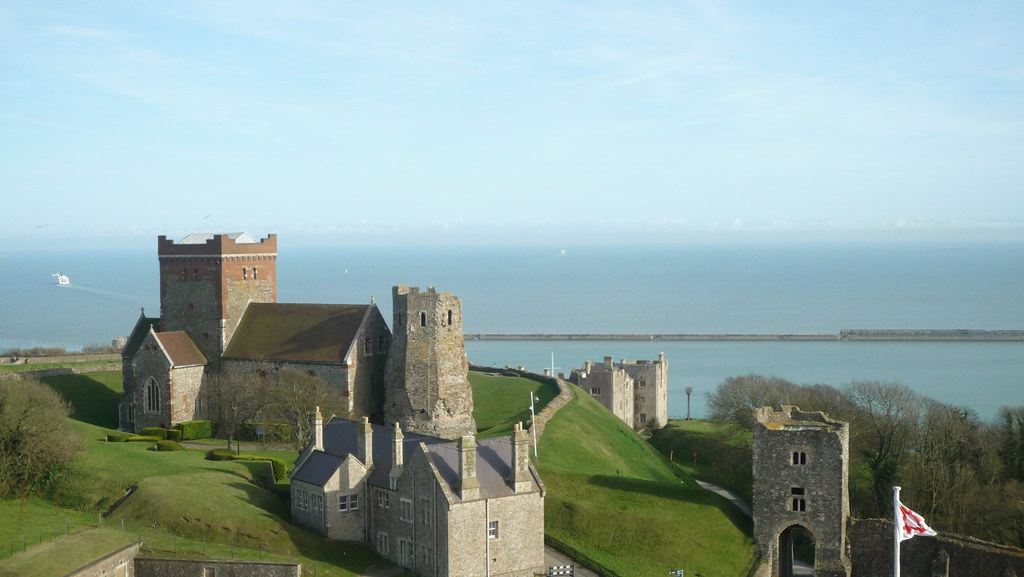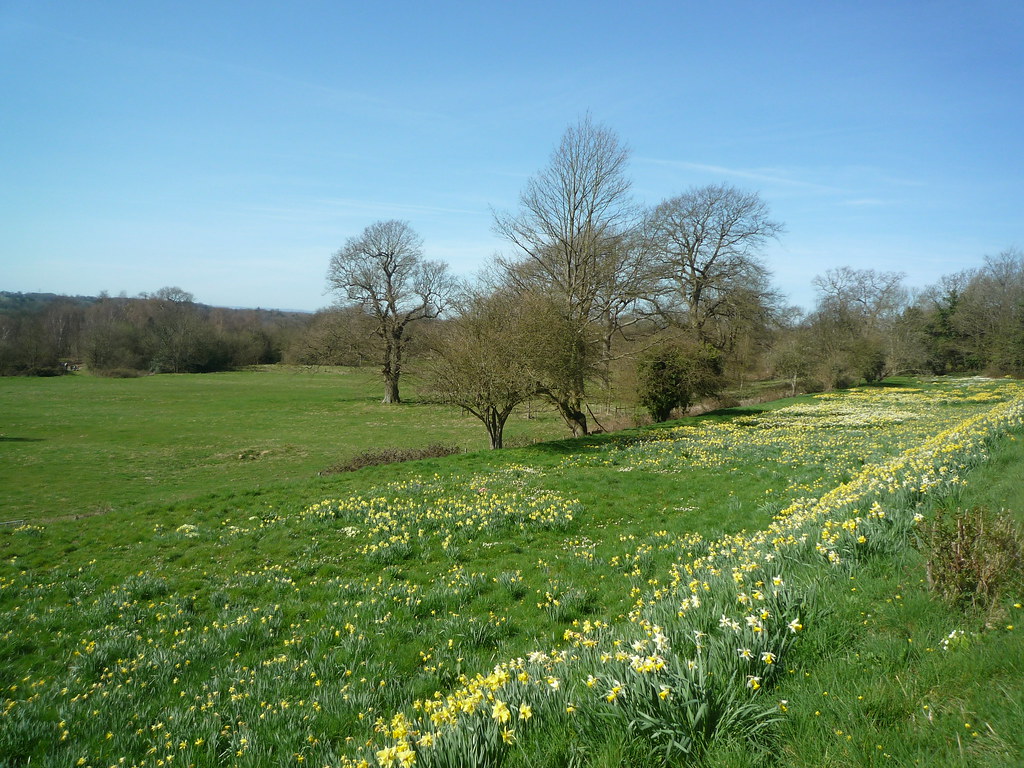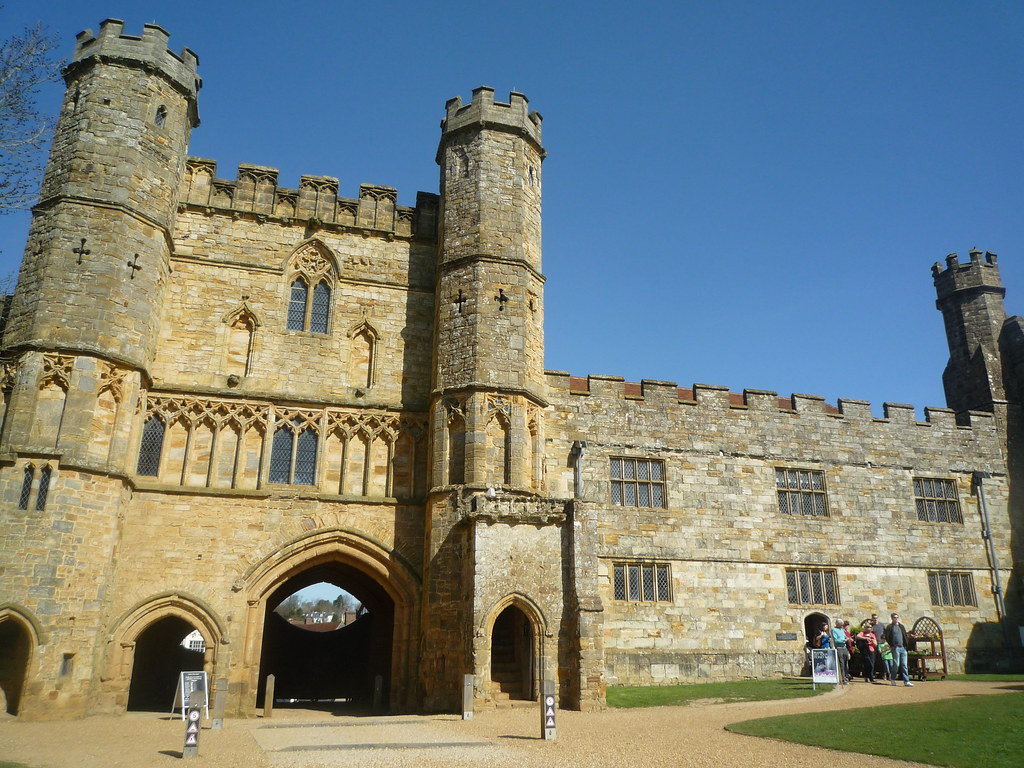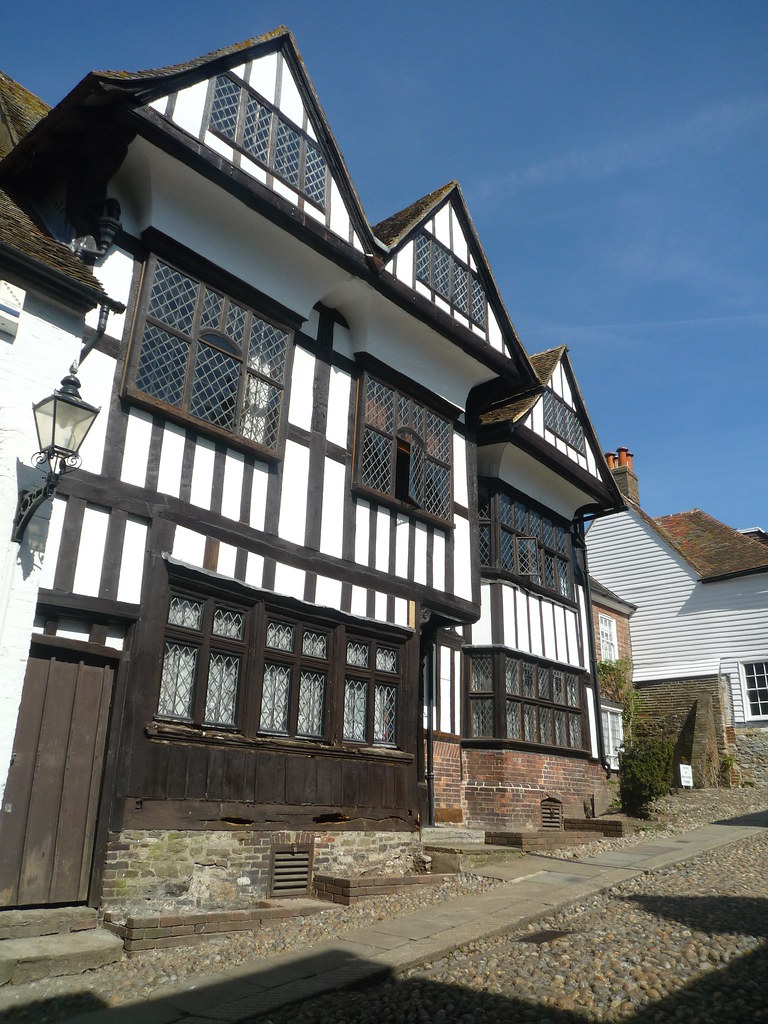London and Windsor
I arrived in London to find that my couchsurf hosts had not received my message confirming that I would be staying with them. Thankfully, they were fine with me staying nonetheless. They served a lovely roast to me and another couch surfer.
In London I had noticed that election advertising was in full swing. I was confident that the Tory party would win because its ad campaign was far superior and was everywhere. While I laughed at the truly ironic "Vote for Change. Vote Conservative," the negative ads towards Gordan Brown were clever in how they distanced the negativity from the attacker by making it seem like Brown was attacking himself with billboards showing the prime minister say: "I doubled the dept. Let me do it again." Even better were the "I've never voted Tory before, but ___" ads that addressed issues and seemed to be honestly reaching out to new voters. I don't agree with Tory policies, but I respect their ideas. I wish America had an intelligent sane party that opposed my beliefs and liberal party that agreed with them. Then I'd be challenged to think about issues differently but sometimes get my way. I think the Conservative/Liberal Democrat coalition that prevailed in the election was great, though of course I'd want majority power tipped the other way.
Anyway, the next day I started out by going to the half price theatre ticket booth and checking out the fourth plinth statue that frequently changes in Trafalgar Square. This time it was a New Zealander WWI flying ace and Royal Air Force commander in WWII, Kieth Park.
I had spent two half weeks in London in 2006, but was at the time too cheap to pay the overpriced entrance to Westminster Abbey. I'm glad I did this time around, though to be fair to my past self, the outside is just as impressive.
Inside, there were tons of stone effigies and monuments, including the tombs of Newton, Darwin, Chaucer, and numerous monarchs. My favorite was of a couple's futile effort to hold back Death, which I felt compelled to photograph despite the omnipresent signage telling me not to do so.
Nearby was Westminster Cathedral, which was a huge brick monstrosity that wasn't all that appealing.
Next I viewed the Tate Britain, which houses loads of portraits and landscapes. My favorite painting in the collection was Herbert James Draper's The Lament for Icarus.
I had enough daylight after the museum to head out to Windsor. Britain's largest castle isn't really my style since it's more lavish than defensible, but it is impressive nonetheless. I wasn't concerned about being too late for the tours since modern royal accouterments don't interest me as much as medieval squalor, but I did walk around much of the perimeter.
It was odd to see a castle so heavily guarded. I don't even think the royal family was there.
That night I attended a showing of Tom Stoppard's The Real Thing. Tom Stoppard is always fucking brilliant, and this was no exception, though it sure is depressing when his brilliance highlights dysfunctional and ending relationships. Somehow he made it hilarious as well as gut-churning.
I think it says something about the way I travel that an inordinate percentage of my notes are about what I ate, even when it was nothing special. I guess it all starts to seem special if you skip a ton of meals in order to see more sights. "I actually ate something," becomes noteworthy. Anyway, besides eating a salad, I spent the next morning I visiting the Tower of London. The whole place ought to be drenched in blood, judging by the number of tales of murder and execution told by the guide. The smaller tower will forever be known for the murder of the two young princes there. The pleasant green with lovely timber framed apartments behind it is known for being the spot where Anne Boleyn and others were beheaded by order of Henry VIII.
The tower grounds have an excellent view of the Tower Bridge. Funny that.
The area is dominated by the White Tower keep.
Inside, there were numerous suits of armor once owned by royalty on display. I only took pictures of the ones that were amusing due to their size...
...implication...
... or unexpected origin.
On the second floor of the tower is the Chapel of St. John the Evangelist, the oldest church in London.
The Tower's walls also surround buildings that house the crown jewels. They were so ornate and over the top that they looked more like stage jewelry that real gems. My favorite bit of architecture was the timber house over the water gate.
I spent the rest of the day exploring bits of London by foot. I started with Lonely Planet's walking tour of churches, guildhalls, Roman ruins, and other buildings old and new. I took a break in Postman's Park to pig out on an unreasonable amount of cake and ice cream for one sitting. Postman's Park is wonderful for its Memorial to Heroic Self Sacrifice, a wall of plaques in honor of ordinary people who gave their lives to save others and who might otherwise be forgotten.
After the hiatus, I proceeded to wander around the Woolwich neighborhood for three hours. My favorite building of the day was squeezed between two more modern ones. It's hard to imagine how whatever originally surrounded it was replaced without toppling it over.
While in the neighborhood I of course checked out St. Paul's Cathedral.
I returned to meet up with my hosts for dinner only to find their home empty and their phones off, which I later learned was due to an emergency. In the meanwhile, I wandered their neighborhood in Greenwich and watched the sun set over London.
I finally met up with my hosts after I'd choked down some truly terrible goat and yam mash at an African restaurant. They were kind enough to let me stay that night despite the family emergency. Later that evening I realized that I had misread the date of my tickets to Les Miserables, and hence had missed it. There went more money than I'd care to admit. So it goes.
The next morning I went back to the half price tickets booth to acquire replacements. I wandered past St. Paul's again and crossed the new London Bridge on the way to an old operating theater. It was delightfully creepy with seats overlooking a table with restraints and crude looking medicinal weaponry. The entire collection of medical 'curatives', tools, and oddities was fascinating.
Despite the heated argument I'd had out front of the Tate Modern the last time I was in London in which I protested that modern art was shit, I returned to see the museum's new exhibits. This time I simply skipped past works that didn't interest me and focused on the ones I liked. Among my favorites were intricate illustrations by Jake and Dinos Chapman that had layers of alterations of the original images, a Picasso painting that - to quote my notes - "wasn't total shit since it captured some of the poser's personality," a fake room "being set up for display" that was actually entirely made of plastic despite its contents looking like various ordinary tools, and Dali's Metamorphosis of Narcissus, which displayed as much genius as the rest of the museum combined.
I walked back across the river to Leicester Square and gorged myself at a Chinese buffet before going to see Les Miserables. The American man sitting next to me happened to have lived in Oregon, Colorado Springs, and had been stationed in Korea from '68 - '70. After comparing notes on how these coincidental places of inhabitance had changed over the decades, I thoroughly enjoyed the show.
For the rest of the night I killed time playing video games since the internet cafe was open late into the night. The Age of Empires' William Wallace campaign was far more interesting after having visited many of the major battlegrounds. The rest of the night was spent on public transit and in the airport waiting for my flight.
I was on the last plane out of London as the airspace became impassible due to ash from the Eyjafjallajökull eruption in Iceland. I actually wouldn't have minded another week in Britain since I missed most of East Anglia and I bet a week would have been just about right to visit all I wanted to see there. On the other hand, I was happy to be heading back to the Pacific Northwest.

